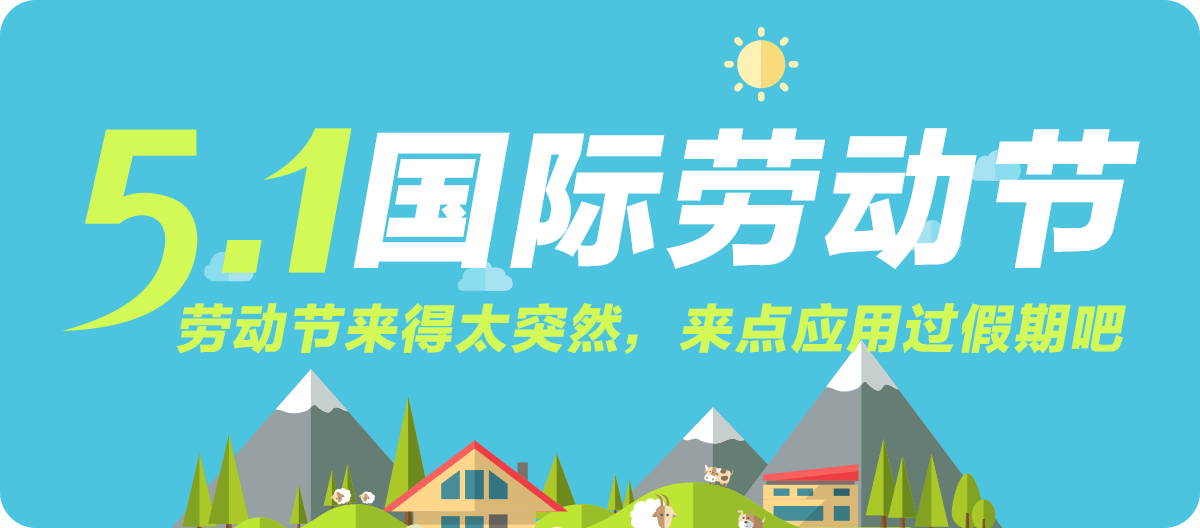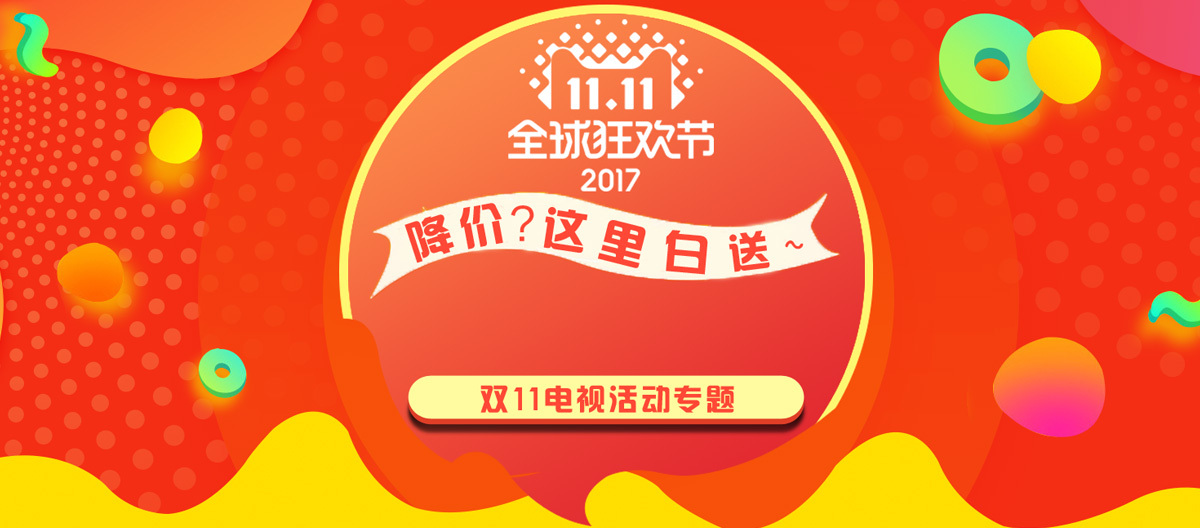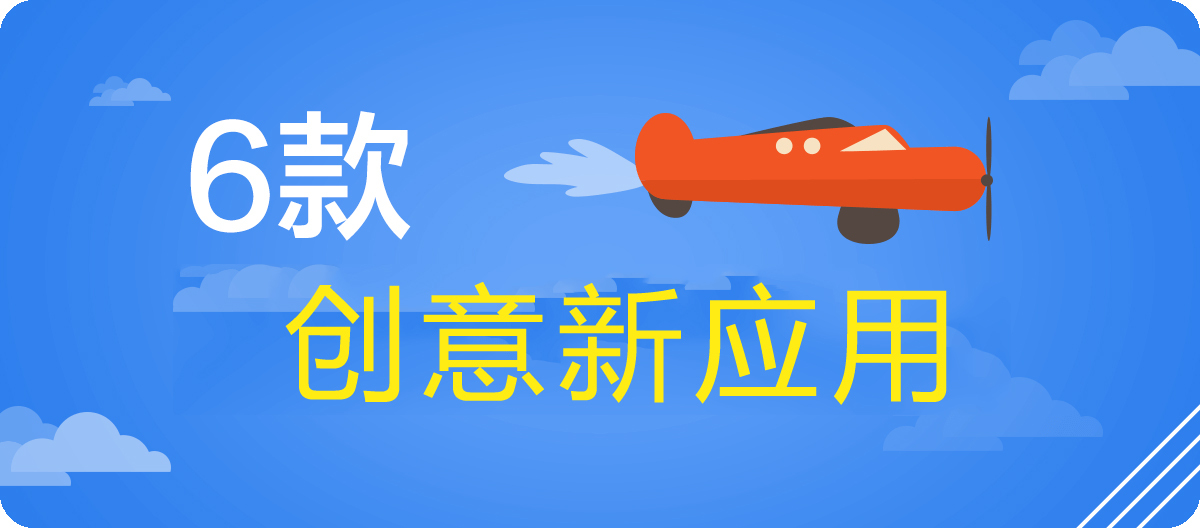The field of photographing has always been the weakness of many domestic brands. With the mad upgrade of CMOS and ISP hardware, many domestic mobile phone pictures have been much better than our impression. Some home-made ROMs such as MIUI and EMUI have even placed adjustment items such as sharpness, contrast, and saturation in the camera app .
Many “facility, contrast, and color†that many of our friends are concerned about can be fine-tuned here. If properly adjusted, it can also allow the camera of the mobile phone to play a better match than the original tuning, even better than the original settings. But what effect will different settings have? How can the tune be better? Let's explore it now:
Setting methodPS: The test machine for this article is the red rice Note3 full Netcom high distribution. When adjusting a mode, other adjustable items are set in the standard file.
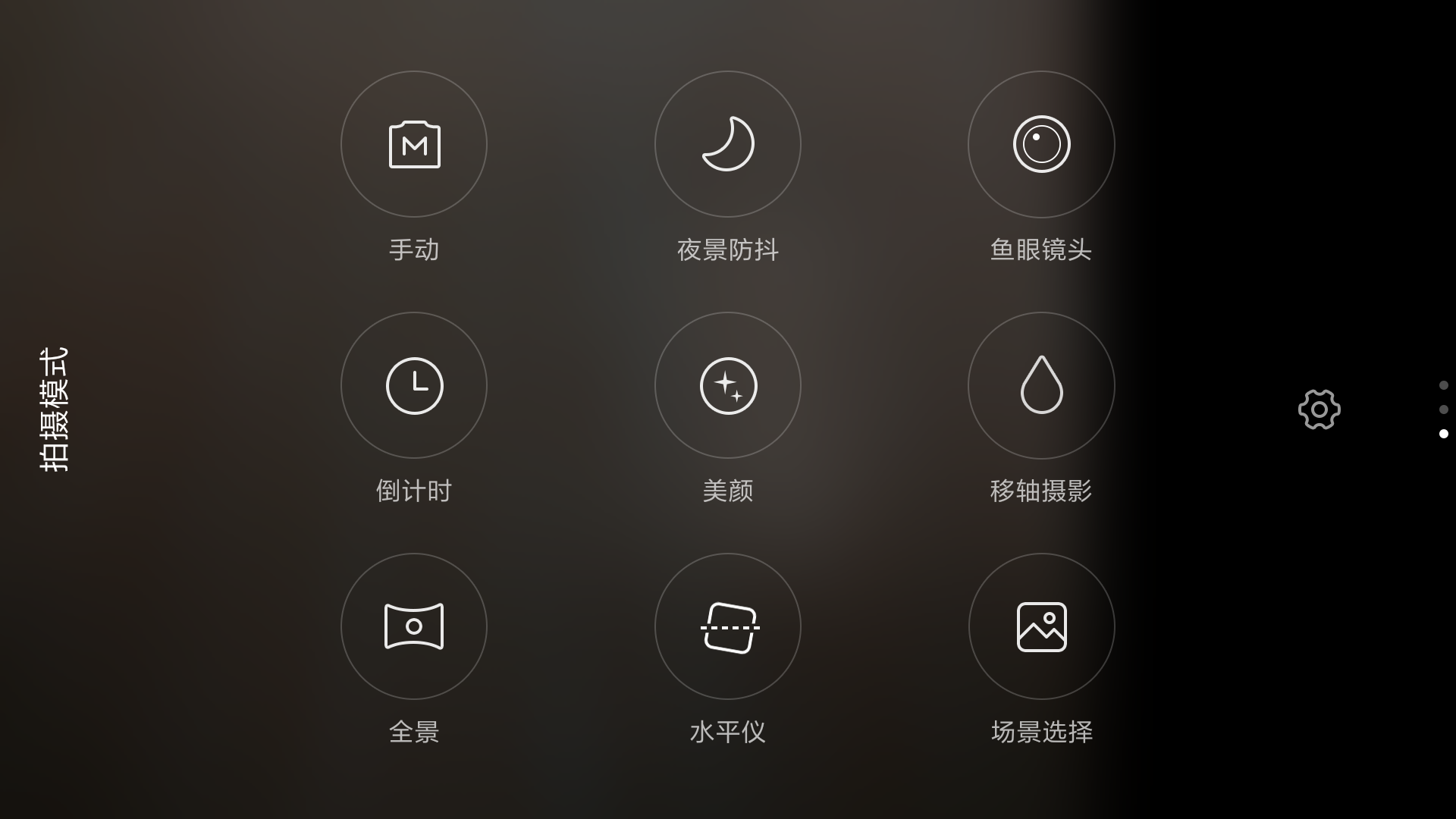

The above is the MIUI camera interface that we usually see. The left and right slides are filters and beauty, night scenes, fisheye and other modes.
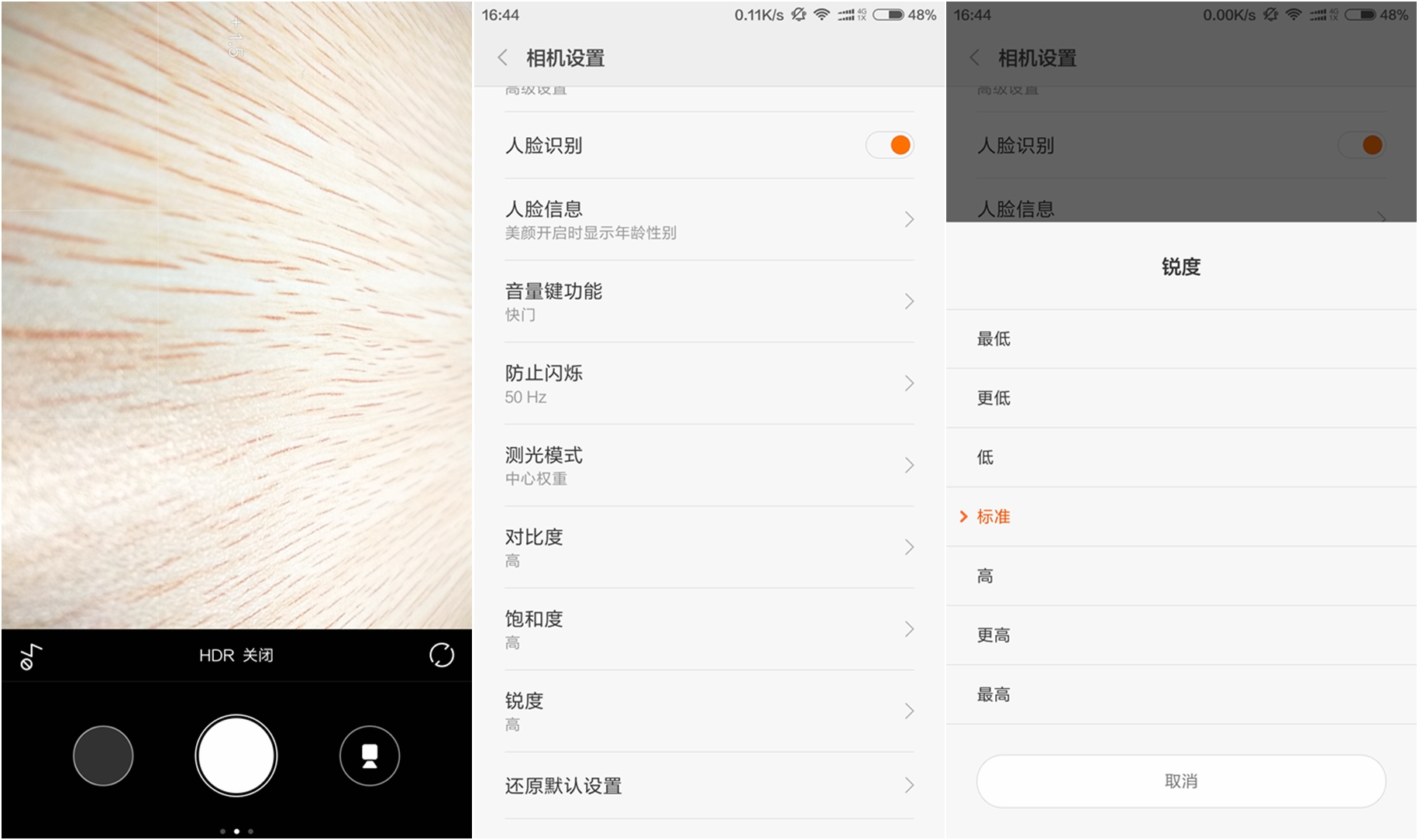
At the bottom of the setup menu, the contrast, saturation, and sharpness gear switches are hidden, each with 7 files.
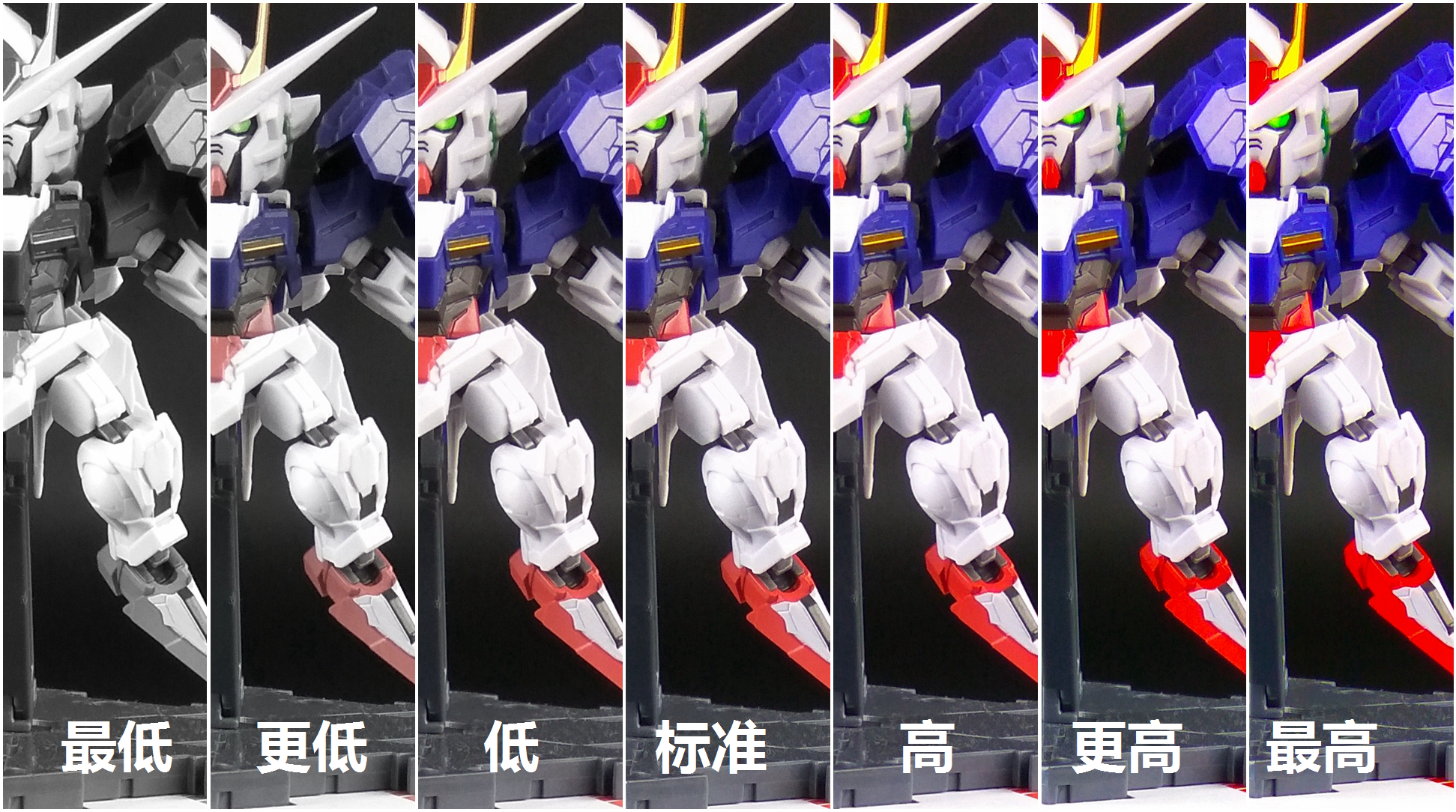
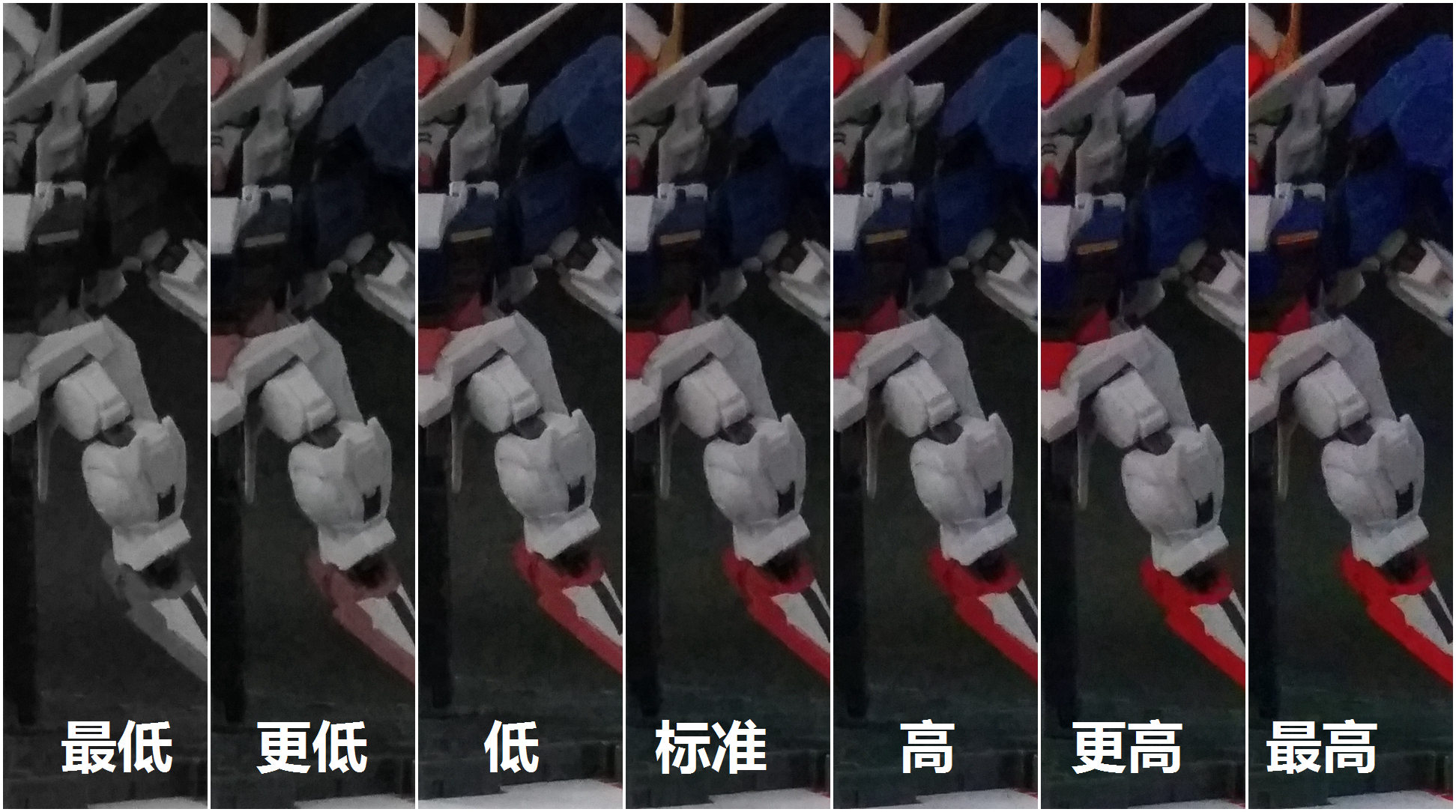
7-segment saturation effect, strong light, low light (Click picture to enlarge)
Saturation affects the intensity of color. Basically, the black and white mode is the lowest grade, and the highest grade seems to be the “violet edge of the algorithmâ€. The color is extremely dark and unreal and the details of the color level are lost. Lower and more upscale availability is also very low. The availability of the " high, low, standard" three gears is even higher.
However, many low-end and middle-end CMOSs ​​suffer from low saturation under low light. For the Rednet Note Netcom testers, low-light scenes must be adjusted to “high or high-end†to compensate for sensor “fadingâ€.

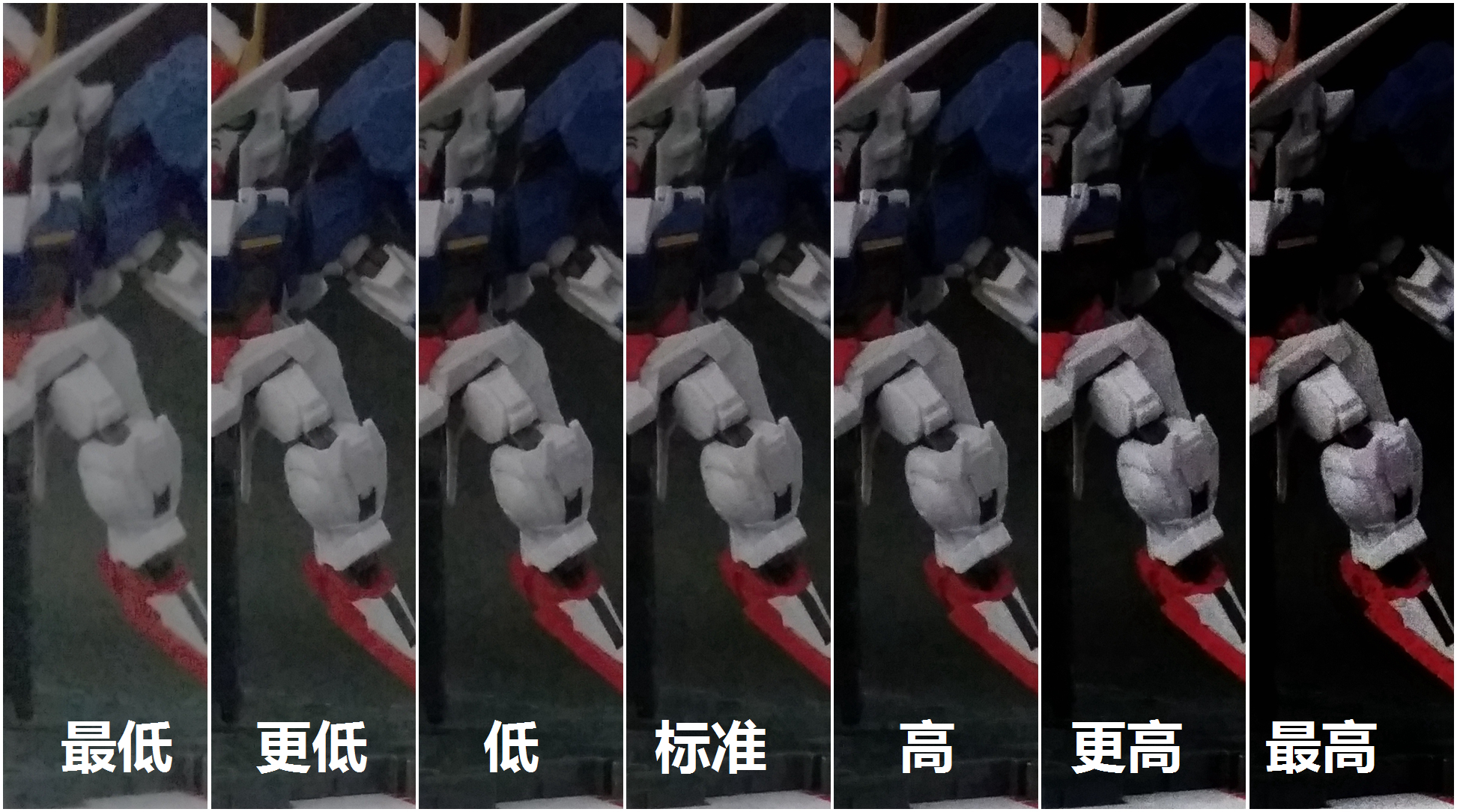
7-speed contrast effect, strong light, low light (Click on image to enlarge)
The contrast ratio is the ratio of the brightest and darkest parts. Because the ability of the CMOS to accommodate bright and dark scenes at the same time ( degree of latitude ) is fixed, after the contrast is increased, the light and dark details will reach their respective extremes and become black or one hundred. Therefore, the lower the contrast is adjusted, the more light and dark details can be accommodated at the same time, and the dark place is less likely to “black dieâ€, and the light is less likely to be overexposed.
The advantage of the low contrast mode is that the picture is more tolerant and can accommodate more details.
The price is that the screen will be covered with a layer of gray feeling, not transparent. In addition, low contrast, will increase the difficulty of noise smearing, resulting in noise under low light moving.
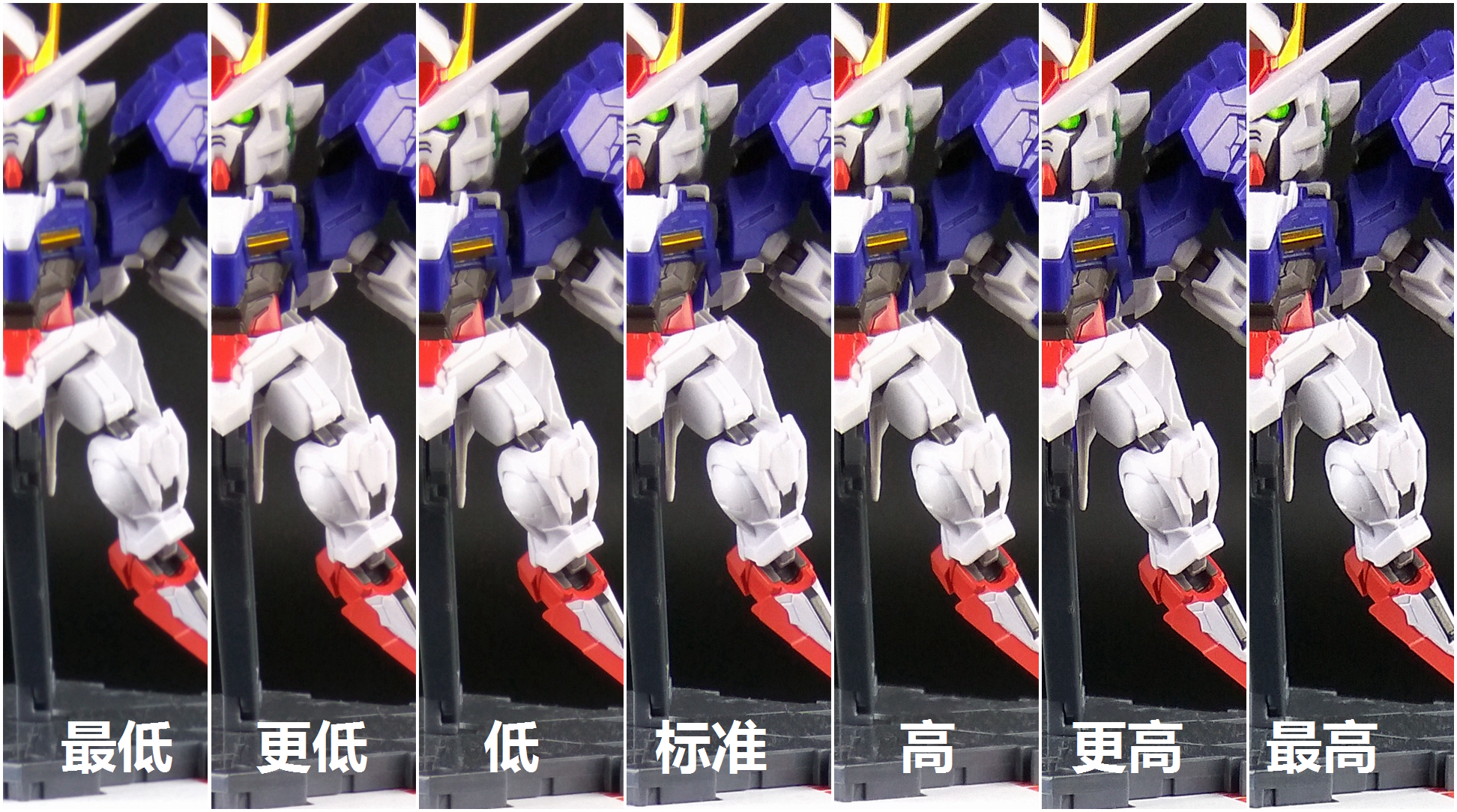
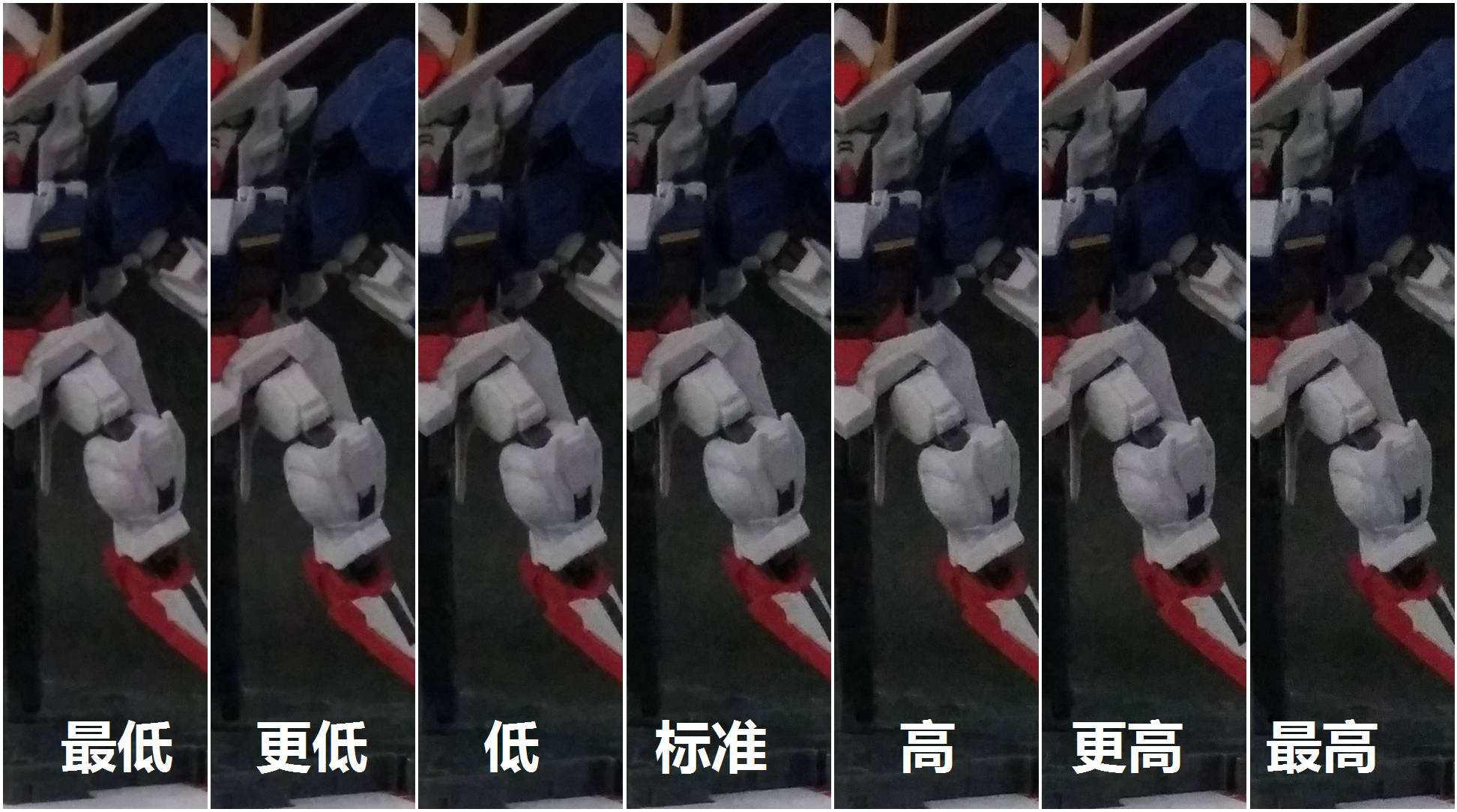
7 file sharpness effect, strong light, low light (Click picture to enlarge)
Sharpness reflects the sharpness of the edge of the image content. This is a photo project that many of the Maoists are most concerned about.
The low sharpness mode comes with a smear effect and is not recommended at all. The higher the gear, the higher the sharpening radius and intensity. Under the highest grade, even the thumbnails can feel its high “clearnessâ€. Manufacturers such as Samsung, LG, Moto, etc., often increase their sharpness.
The price of high sharpness is that part of the picture details will be erased due to the sharpening radius, and there will be relatively large noise particles in large solid colors. In addition, unnatural white borders appear on the edges of objects with large contrast such as black and white.
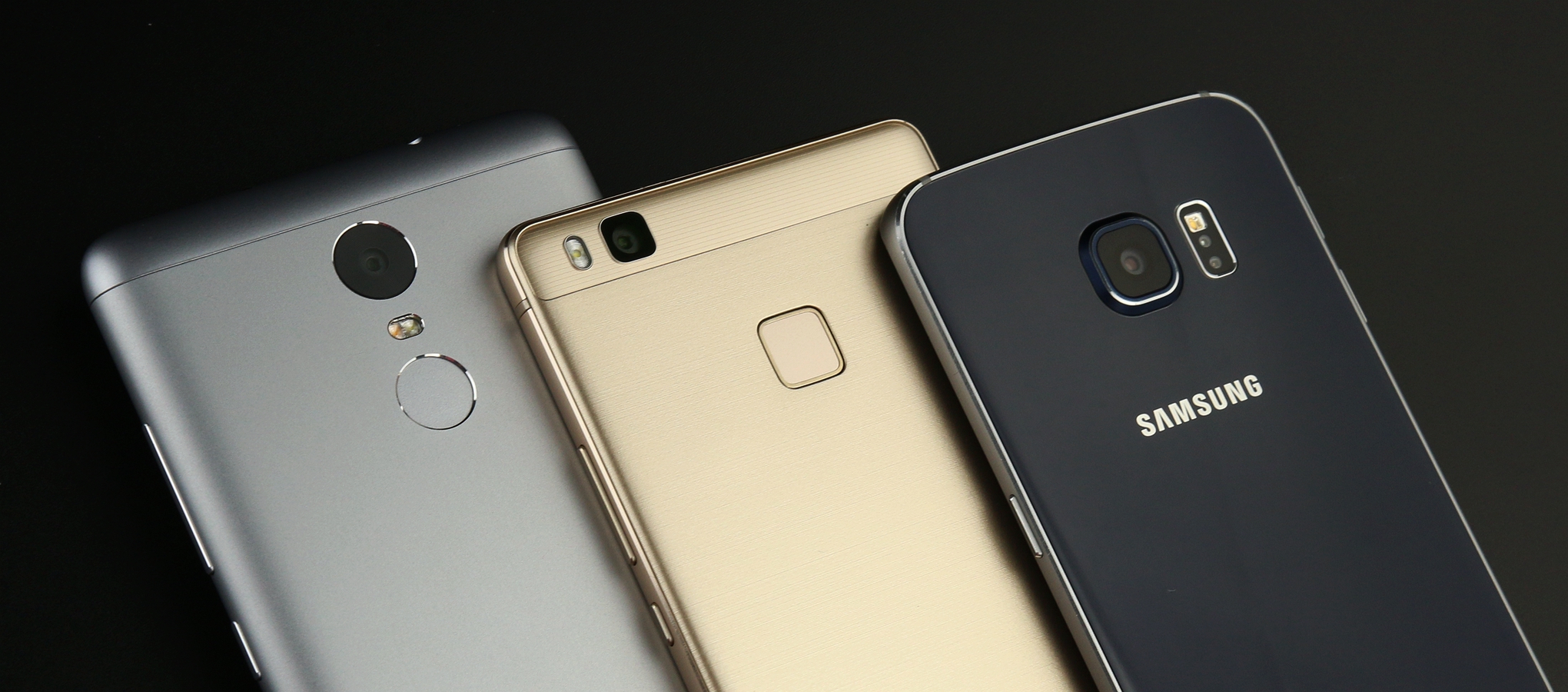
For the three adjustment items of saturation, contrast, and sharpness , the stronger noise smearing algorithm is needed because of the weak light, so the results are scored into two situations: strong light and weak light.
Under strong light, the severity of the saturation according to taste, can be set to a standard or high; the lower the contrast, the more rich in detail, in sunny / light difference other large beach scene, even if the contrast is adjusted to the lowest possible; sharpness can be According to different models, adjust to higher or even the highest grade.

Under low light sharpness/contrast/saturation, at the same time tuned into "lower, lower, higher, higher" contrast
The intervention of low-noise smearing algorithms under low light conditions will be a lot more complex and must be determined according to the respective models. For red rice Note3 full Netcom, under the low light will be better adjusted into a lower effect, the full high-end will lead to the loss of some dark details, but these are clearly not the best solution.
Low-light saturation is suitable for high-grade, contrast is lower and the standard is better, but sharpness has little effect (noise at full screen, sharpening algorithm can't return to heaven), but it is adjusted to low for the clarity of the picture. Even lower gears are more suitable for low light scenes. Therefore, for red rice Note3 full Netcom, low light scenes, tune into high saturation, low contrast and low sharpness will be better.
In addition, some manufacturers have already fine-tuned the factory. For example, the default contrast and saturation of the Huawei G9 are higher, and shadow detail is often lost. If you feel that native training is a bit too heavy, you can also manually lower one or two gears.

 WeChat scan, call the author ~
WeChat scan, call the author ~ 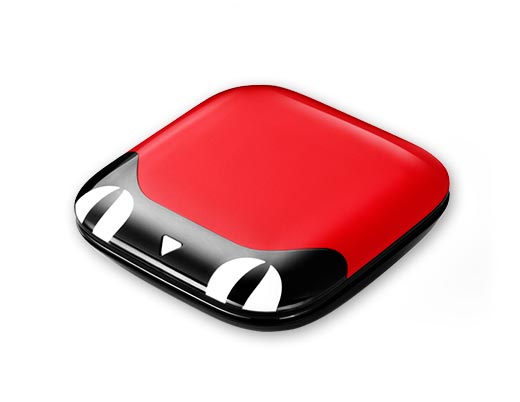
Lynx Box M13
Installation Guide>>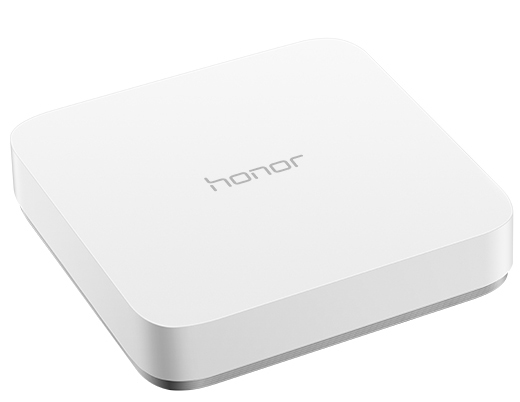
Huawei Glory Box Pro
Installation Guide>>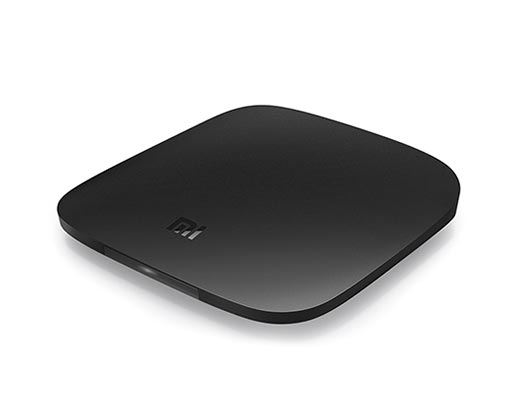
Millet box 3
Installation Guide>>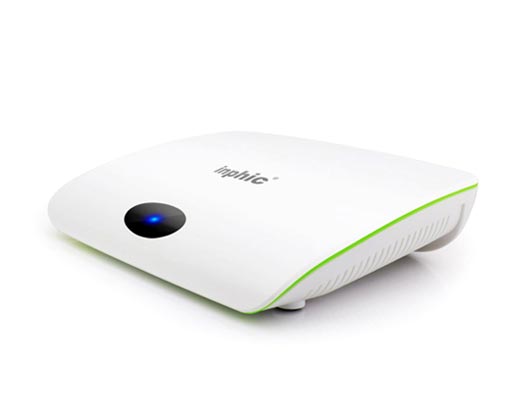
Infinik i9
Installation Guide>>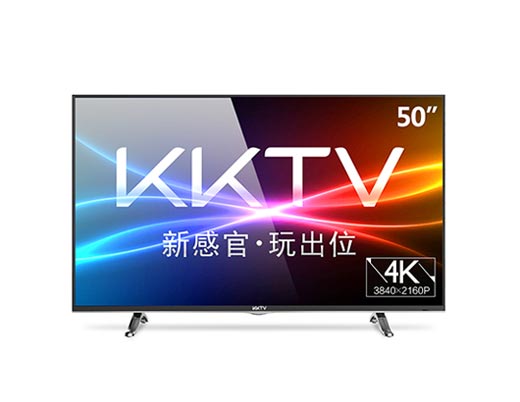
KKTV
Installation Guide>>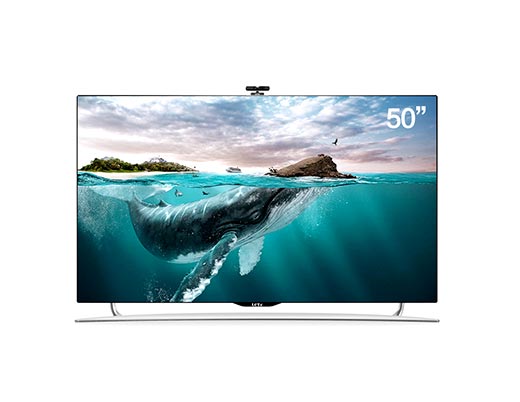
Letv TV S50 Air
Installation Guide>> My phone is my master, what APP is worth loading two: Do ​​you know these apps can be more refreshing? SioeyeIris4G Blink sports live camera evaluation VR machine Oculus Go listing, the country's summer trip out of the box one: BOSE SoundSport Pulse wireless Bluetooth sports headset out of the box do not run wrong: WeLoop Hele 3s sports watch out of the box comment
My phone is my master, what APP is worth loading two: Do ​​you know these apps can be more refreshing? SioeyeIris4G Blink sports live camera evaluation VR machine Oculus Go listing, the country's summer trip out of the box one: BOSE SoundSport Pulse wireless Bluetooth sports headset out of the box do not run wrong: WeLoop Hele 3s sports watch out of the box comment 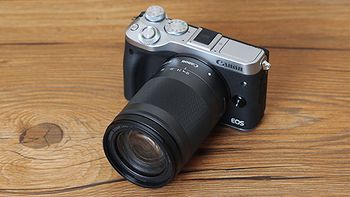 Canon EOS M6 camera start experience from entry to give up: Synology Synology DS416play NAS network storage usage report (on) TITAN X Star Wars Collector's Edition release even AMD's red are used to help you Province 200: crack ZTE ZTE B860A IPTV TV Box tutorial Black Group DSM6.1 installation tutorial (with download)
Canon EOS M6 camera start experience from entry to give up: Synology Synology DS416play NAS network storage usage report (on) TITAN X Star Wars Collector's Edition release even AMD's red are used to help you Province 200: crack ZTE ZTE B860A IPTV TV Box tutorial Black Group DSM6.1 installation tutorial (with download) Latest equipment
Smart TV TV boxSmart TV / Box Reviews
Installation guide
Find the model to find the methodapplication
Hot topics
